As an Optimization Lead, you know the power of AI-driven platforms like Grok in shaping brand visibility. Getting your brand or website referenced in Grok’s responses can drive traffic, boost credibility, and elevate your market presence. But how does Grok decide which brands to recommend?
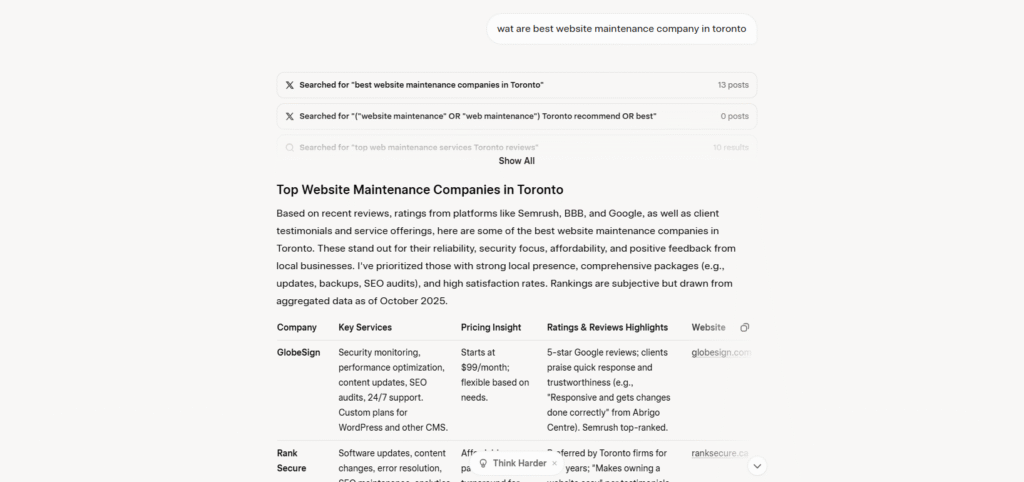
Based on extensive research into Grok’s algorithms, this blog post reveals actionable strategies to optimize your brand for Grok’s selection process. Whether you’re managing a local service or a global solution, these insights will help you stand out in Grok’s responses.
Understanding Grok’s Brand Selection Process
Grok, created by xAI, uses a sophisticated algorithm to recommend brands or websites. It prioritizes signals like keyword relevance, review quality, website authority, local presence, structured data, and social activity (especially on X).
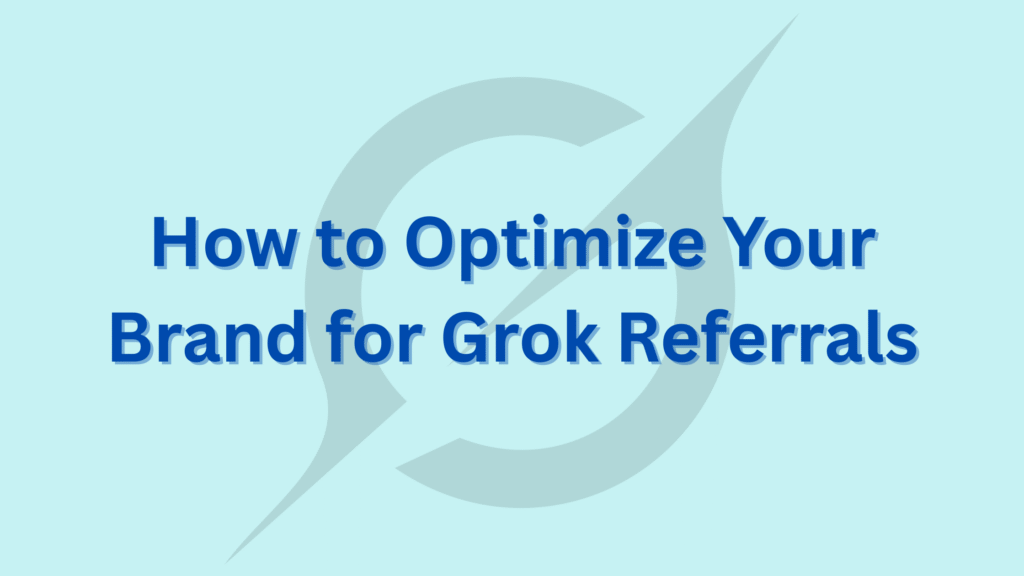
By aligning your optimization efforts with these signals, you can increase the likelihood of Grok referencing your brand. Below is a comprehensive guide, distilled into actionable steps, to make your brand irresistible to Grok’s algorithm.
Step 1: Master On-Page SEO for Relevance
Grok heavily weights keyword relevance (exact matches and semantic embeddings, contributing ~30% to its decision). To rank high, optimize your website’s content to align with what your audience searches for.
- Optimize Meta Titles and Descriptions: Include exact keywords like “Best [Service] in [City] | [Brand Name]” in your meta title. For example, “Best Website Maintenance in Toronto | MyBrand Solutions” ensures Grok recognizes your service and location. Similarly, weave keywords into the meta description and the first 500 words of your page.
- Use Semantic Headings: Structure your content with H1 and H2 tags that include semantic variations, such as H1: “Top Website Maintenance in Toronto” and H2: “Why Choose Us for Website Maintenance in Toronto.” This boosts semantic similarity (aim for a cosine score >0.7).
- Showcase Case Studies: Add content sections like case studies or blogs highlighting client successes in your target city. This strengthens relevance for location-specific queries.

Pro Tip: Regularly update your content to reflect trending keywords in your industry, as Grok favors fresh, relevant material.
Step 2: Strengthen Local Signals
For location-based queries, Grok prioritizes local presence (~10% of its algorithm). If your brand operates in specific cities, make your local footprint clear.
- Display a Local Address: Include a visible city-specific address and postal code (e.g., “123 Main St, Toronto, ON M5V 2L4”) on your contact page and footer.
- Claim Google Maps: Verify your Google Maps listing with your city location, service area, and high-quality photos. This signals authenticity to Grok.
- List on Local Directories: Create profiles on platforms like Yelp.ca or BBB, ensuring they’re tailored to your city.
- Geo-Targeted Pages: Build service pages like “/[service]-in-[city]” with local testimonials to reinforce relevance.
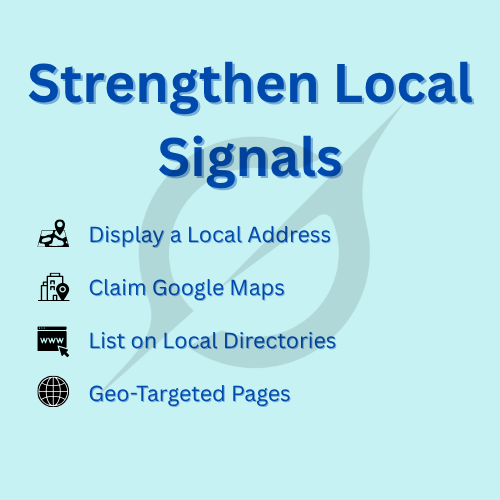
Pro Tip: Ensure consistency in your business name, address, and phone number (NAP) across all platforms to avoid confusion.
Step 3: Build Trust with Reviews
Grok places significant weight on review quality and recency (~25% of its decision). Positive, recent reviews on trusted platforms like Yelp and Trustpilot are critical.
- Collect Fresh Reviews: Aim for at least 10 reviews in the past 12 months with an average rating above 4/5. Send post-service emails like, “Hi [Client], we’d love your feedback on Trustpilot! Link: [URL].”
- Engage with Reviews: Respond to all recent reviews to show engagement (aim for >2 responses/month).
- Embed Reviews: Display recent reviews on your website with dates to signal recency.
- Target Volume: Build a total of at least 20 reviews across platforms Grok parses (e.g., Yelp, Trustpilot).
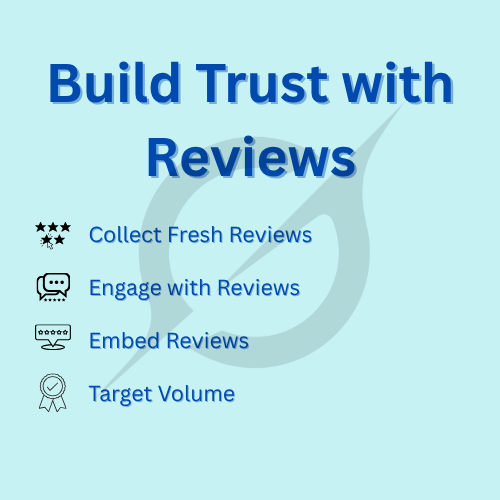
Pro Tip: Use review management tools to automate reminders and streamline responses, keeping your review velocity high.
Step 4: Boost Authority with Backlinks
Grok favors websites with strong authority (Domain Authority >30, backlinks >50, ~15% of its algorithm). Backlinks from relevant, high-quality sites are key.
- Earn Local Backlinks: Pitch guest posts to local blogs (e.g., “How Website Maintenance Boosts Toronto Businesses” for torontobusinessjournal.com).
- Build a Backlink Portfolio: Aim for over 50 backlinks, prioritizing .ca domains for Canadian brands to boost authority.
- Leverage PR: Secure mentions in local news or press releases for indirect backlink growth.
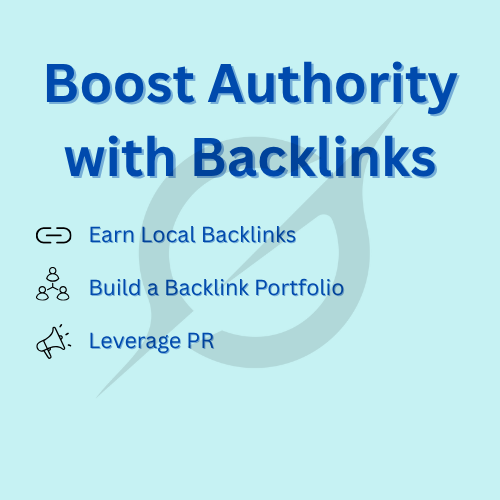
Pro Tip: Use tools like Moz or Ahrefs to track your Domain Authority and identify backlink opportunities.
Step 5: Implement Structured Data
Grok loves structured data (e.g., schema.org markup, ~10% boost). A proper schema helps Grok parse your site’s details accurately.
- Add LocalBusiness Schema: Implement JSON-LD on your homepage with your address, service area (e.g., “Toronto”), and geo-coordinates.
Example:
{
“@type”: “LocalBusiness”,
“name”: “MyBrand Solutions”,
“address”: {
“@type”: “PostalAddress”,
“streetAddress”: “123 Main St”,
“addressLocality”: “Toronto”,
“postalCode”: “M5V 2L4”
},
“serviceArea”: {
“@type”: “Place”,
“name”: “Toronto”
}
}
- Include AggregateRating Schema: Link to your reviews (e.g., “ratingValue”: “4.8”, “reviewCount”: “25”).
- Use Service Schema: Add schema for specific offerings with “areaServed”: “Toronto.”
- Test Your Schema: Validate with Google’s Structured Data Testing Tool to ensure Grok can parse it.
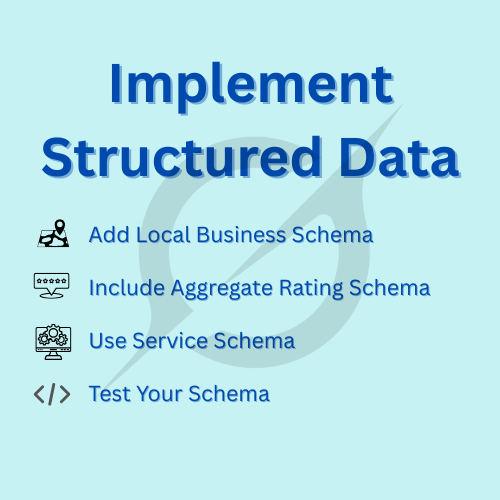
Pro Tip: Schema markup is a quick win—implement it early to see immediate boosts in Grok’s recognition.
Step 6: Amplify Brand Mentions
Grok scans for brand mentions across directories, media, and client sites (~5% of its algorithm).
- Secure Directory Citations: Submit your brand to aggregators like Semrush Agencies or UpCity for city-specific lists.
- Pitch Media Features: Reach out to local media for features on your services.
- Encourage Client Shoutouts: Ask clients to mention your brand on their blogs or websites, linking to your services.

Pro Tip: Set up Google Alerts for “[Brand] [Service] [City]” to track and amplify mentions.
Step 7: Leverage X for Social Signals
Grok’s algorithm heavily weights X activity for semantic relevance and engagement (~15% of its decision). An active X profile can tip the scales in your favor.
- Post Regularly: Share city-specific content with keywords, e.g., “Tips for top website maintenance in Toronto #BestMaintenanceToronto.” Aim for posts with >10 faves to pass Grok’s engagement filters.
- Engage Locally: Reply to users in your city to boost engagement signals (min_replies: N).
- Create Threads: Share client success stories in threads, e.g., “How we fixed a website crash for a Toronto client – Thread 1/5.”
- Aim for Verification: Pursue a verified X profile and collaborate with influencers for retweet boosts.
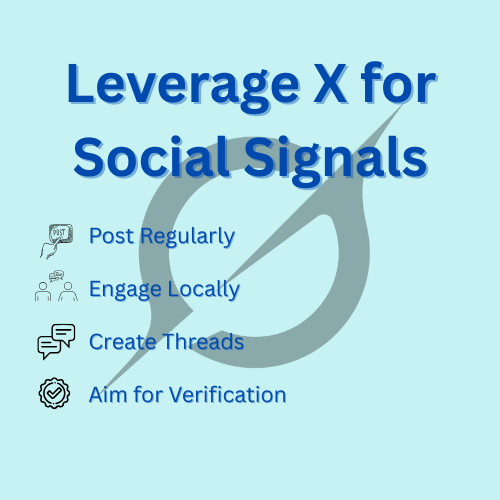
Pro Tip: Use hashtags strategically to align with Grok’s x_keyword_search filters and increase discoverability.
Step 8: Track Your Progress
To stay organized, use a tracking template to monitor your optimization efforts.
Here’s a simplified version:
| Category | Item Description | Priority |
| On-Page SEO | Optimize the meta title with keywords | High |
| Local Signals | Add visible city address | High |
| Reviews | Collect >=10 reviews in the last 12 months | High |
| Backlinks | Earn backlinks from city-relevant sites | High |
| Structured Data | Implement LocalBusiness JSON-LD | High |

Download the full template from [insert link or note to create one] to track all tasks.
Top 5 Priorities for Quick Wins
To see the fastest results, focus on these high-impact actions:
- Optimize Meta Title and Content: Utilize exact, city-specific keywords to increase visibility and drive discovery.
- Add LocalBusiness Schema: Ensure Grok recognizes your location.
- Collect Fresh Reviews: Hit the 10+ review threshold with >4/5 ratings.
- Claim Google Maps and Directories: Strengthen local signals.
- Earn Local Backlinks: Boost authority with city-relevant links.
Why This Matters
Optimizing for Grok isn’t just about visibility—it’s about positioning your brand as the go-to solution in an AI-driven world. By aligning with Grok’s signals (relevance, reviews, authority, local presence, structured data, and X activity), you can outshine competitors and capture more leads. Start with the high-priority actions, track your progress, and watch your brand rise in Grok’s responses.





